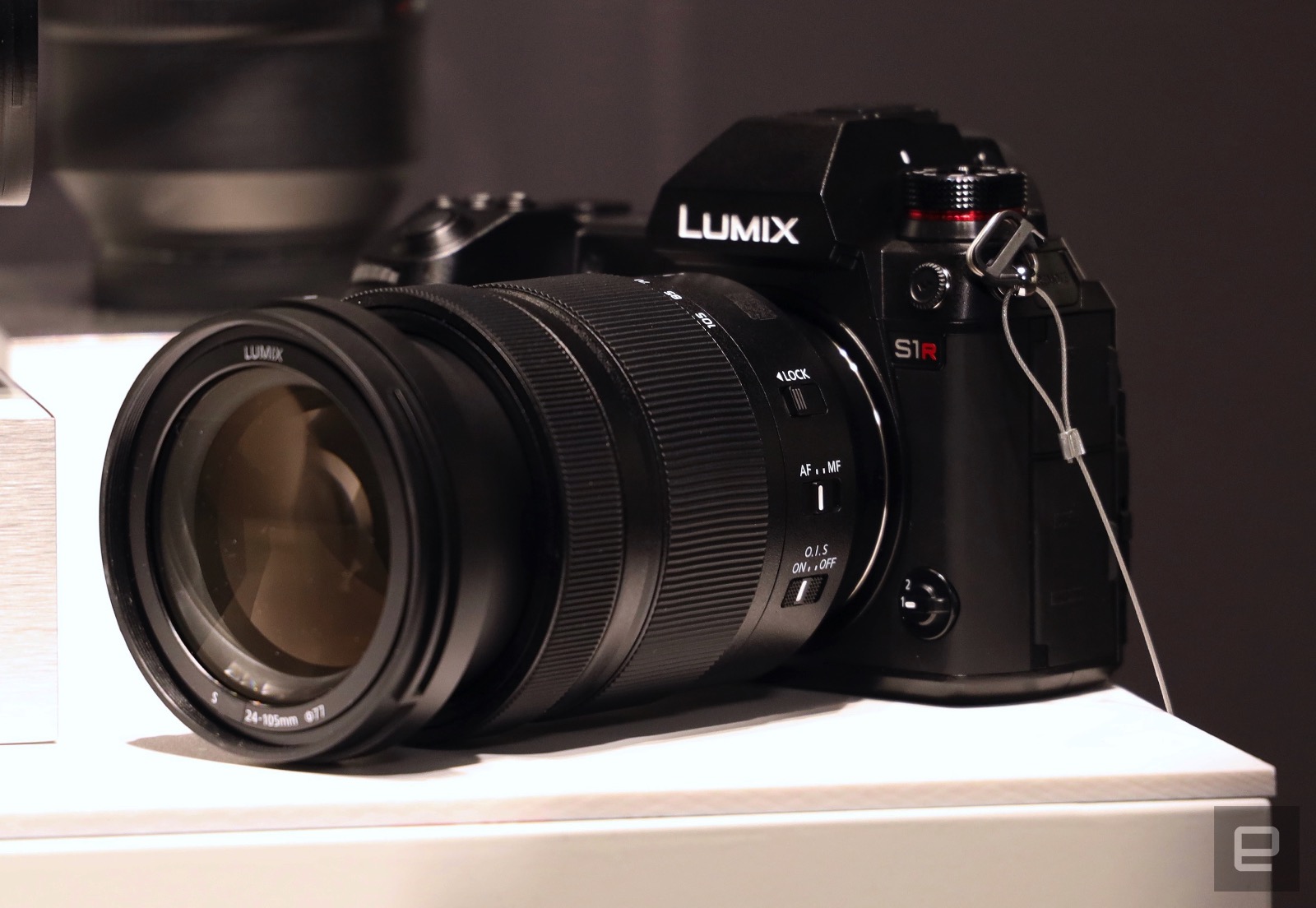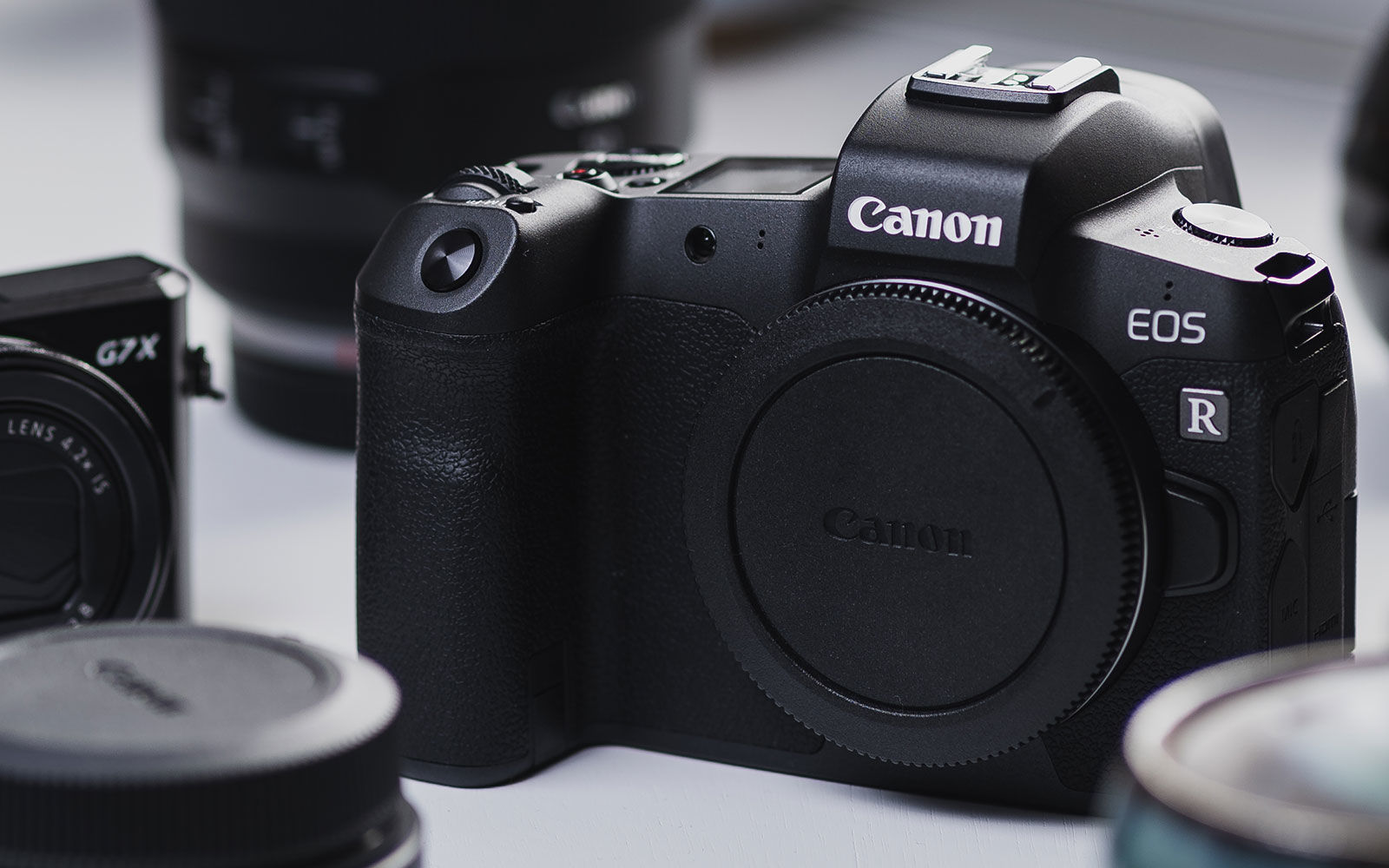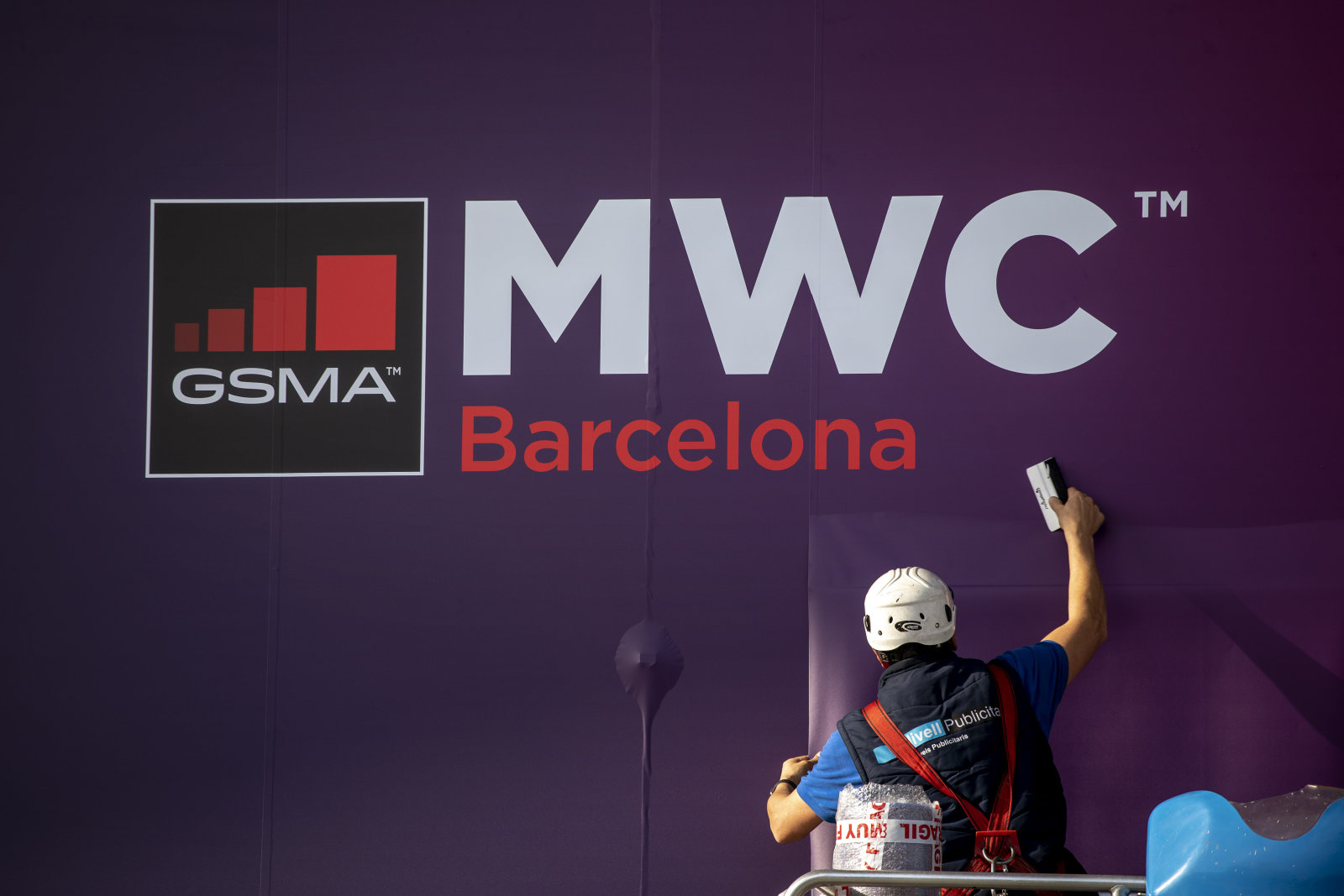What are you shooting?
Your camera likely came with a cheap kit lens, probably a zoom in the 24-70mm (35mm equivalent) range. However, most kit lenses are useless in low light and have mediocre image and build quality. So you should strongly consider supplementing it with at least one or two additional lenses.
What to buy depends largely on what you’ll be shooting. For most photographers, a versatile, wide focal-range zoom will be your best bet. Portrait photographers will need a 50-85mm fixed (prime) lens that best flatters your subject.
Product photographers might consider a macro lens; architectural and landscape photographers need wide-angle zoom or fixed lenses and wildlife and sports shooters will be drawn to large, relatively fast telephoto (tele) fixed or zoom lenses. If you shoot a lot in low light, you’ll need a fast lens (f/2.8 or lower) with stabilization, and video shooters will need to consider things like focus breathing, manual focus and parfocal qualities (more on those shortly).
Lens basics
Focal length and angle of view. The key feature of a lens is its focal length in millimeters. (Angle of view is much the same but takes into account the sensor size.) We often express focal length as a 35mm film camera equivalent so we can understand the relative angle of view for any camera. By that metric, lenses under 24mm are ultra-wide angle (or fish-eye, if there’s significant distortion), wide are between 24-35mm, standard are 35mm-70mm and telephoto lenses come in above that. Macro lenses, which capture very close subjects, are usually in the 35-100mm range.
Prime vs. zoom. Zooms are more versatile and make it easier to frame your subjects without moving while primes generally offer better optics and low-light performance (speed) for the same price. That’s because there are optical compromises in zoom lenses that don’t exist with primes.
Mount. Lenses are usually designed for specific brands (Nikon, Sony) and sensor sizes (full-frame, APS-C or Micro Four Thirds). Generally, lenses are a lot more expensive for full-frame cameras because there’s just more glass. Full-frame lenses for Canon, Sony and Nikon work just fine on their APS-C models, but you’ll be spending more money and using only a part of the lens. You can also stick APS-C lenses on full-frame Nikon and Sony cameras, but the image will be cropped and zoomed in. Generally, it’s best to buy lenses made specifically for your camera.
F-stop or aperture. Faster lenses with wider apertures (openings) have lower f-stop numbers, (f/2.8 instead of f/4.0, for instance), indicating that they take in more light. They also let you create more bokeh, or blur, in the background to isolate the subject. As a rule, they cost a lot more than slower models. Cheaper kit lenses often have variable apertures, which change depending on the zoom level. For instance, Sony’s slowish full-frame FE 28-70mm OSS kit lens has a variable f-stop range of f/3.5-f/5.6 and costs just $400, the Zeiss Vario-Tessar T* FE 24-70mm f/4 ZA OSS model is $800 and the fixed-aperture FE 24-70mm f/2.8 GM lens will set you back $2,200.
Autofocus (AF). If you buy an extremely fast camera, like Sony’s A9 II, you’ll want a lens that focuses just as quickly. Again, money helps here, as costly Canon RF, Fujinon, Nikon Z and Sony GM glass mostly offer great AF performance. That said, many cheap kit and prime lenses, like Nikon’s 35mm f/1.8 Z-mount, also pack solid autofocus systems. Cheaper lenses can have noisy autofocus, which is something that video shooters, especially vloggers who rely on AF, should keep in mind.
Stabilization. Stabilization reduces hand and other camera movements (though not subject movement, obviously), letting you shoot with less light than you normally could. If you have certain mirrorless cameras like Nikon’s Z6 or Sony’s A7 III, they already have built-in stabilization (IBS). That means any lens you use, even manual focus models, will benefit from stabilization.
For other models, like the Canon EOS R or Fujifilm X-T3, though, you’ll need to get that feature from the lens. The key metric is how much extra speed you get (in f-stops) compared to having no stabilization. Many manufacturers claim as much as 7.5 stops of improvement (the Olympus O-MD E-M1 Mark III), but keep in mind that it won’t help on every shot. Even if your camera has IBS, you’ll still benefit from a lens that has it, as most IBS systems work in concert with the camera.
Optical quality, bokeh and distortion. Most modern lenses, including kit models, are sharp enough for the average user. Better lenses, however, will remain sharp at wide-open apertures and toward the corners of the image with less vignetting or dark corners.
Higher-end models will also have better quality, softer-looking bokeh in the blurred parts of the image. As for distortion, it’s mostly an issue with zoom lenses, not primes, and modern mirrorless cameras will automatically remove it. Zoom lenses, especially cheaper models, are also more susceptible to chromatic aberration (CA), which causes blue or pink tones at the edges of objects in a photo.
Handling, manual focus and other factors. Expensive zoom and prime lenses can be heavy, cramping your style for street or tourist photography. If you want to travel light, then, a pancake, light prime or a lightweight kit zoom lens will do the job best.
Though most photographers don’t need manual focus, it’s still important for videographers who rack (change focus) from one subject to another. Video pros will also want a lens with a lot of focus-ring travel for finer control and models that don’t breathe, or zoom, when you change focus. (Purpose-built cinematography lenses don’t breathe, but are expensive.) For zooms, videographers might need parfocal lenses that stay in focus when zooming — again, these tend to be costly.
Best budget standard prime lenses
If you already have a kit zoom lens with your camera, the next step is to get at least one prime. Why? It will let you shoot sharp, distortion-free portraits or take street and travel shots with nice bokeh. You’ll also be able to shoot in bars, concerts and other low-light situations without cranking up the ISO and creating noisy images.
Luckily, this is fairly easy: Every brand has a cheap, fast, “nifty-fifty” prime that will take surprisingly nice shots. Sure, they’re plasticky and not as durable as higher-priced primes, but they’re also lighter, and thanks to modern manufacturing techniques, the optics are great.
Sony APS-C mirrorless (E-mount)

Sony’s own basic 50mm prime, the E 50mm F1.8 OSS, is easy to recommend, even though, at $350, it costs a bit more than other basic primes . For that sum, however, you get a 75mm equivalent focal length, optical stabilization, great bokeh and decent build quality, though autofocus is a bit slow. For a wider field of view, another interesting option is the $275 E 30mm f/3.5 Macro. It offers the 35mm equivalent of a 45mm focal length, and you can do macro photography with stellar bokeh to boot.
Sony full-frame FE
Sony’s FE lenses are costly, so scale your expectations accordingly. I wouldn’t recommend Sony’s $200 FE 50mm F/1.8 lens, as it has bad, noisy autofocus and mediocre build quality. That leaves just two options under $500. For $450, Sony’s FE 28mm F/2.0 lens is sharp and fast for a wide-angle lens (I own one) and has good bokeh. The other is the $500 FE 50mm f/2.8 Macro, which provides good image quality and close focusing, with the main drawback being slow autofocus. For one step further up, Sony’s $550 FE 85mm f/1.8 lens is a superb portrait performer for the price.
Canon full-frame mirrorless

This is still a short list that hasn’t changed since last year, as Canon only makes one relatively inexpensive prime lens. At $500, the RF 35mm f/1.8 IS Macro STM is a good, relatively fast lens with the added bonus of close Macro focusing.
Beyond that, you’ll need to get one of the three EF-EOS R adapters that start at $100. All work well, but the $200 control-ring adapter adds the same control ring available on native lenses, and the $400 drop-in filter-mount adapter gives you the added bonus of a variable ND filter — very cool, especially for videographers.
If you have one of those installed, I’d recommend Canon’s 50mm f/1.8 STM for $125. It’s the best-selling lens in the world and has great optics and fast and nearly silent autofocus, making it good for light video duty. If you have the need for more speed, consider the EF 50mm f/1.4 USM lens, which provides fantastic bokeh and good night-shooting capability for a relatively paltry $350. If you’re OK buying secondhand, there’s a vibrant market in Canon EF lenses as well. You can often find excellent prime and zoom lenses at half the price of a new one.
Canon APS-C mirrorless
Over the last year, the lens availability for Canon’s EF-M system has improved fairly dramatically. As before, there are two relatively cheap options. The $250 EF-M 28mm f/3.5 Macro IS STM is a good wide lens for close-ups and street photography while the $230 EF-M 22mm f/2 STM gives you more speed and an even wider field of view.
However, since our 2019 lens guide, Canon has unveiled the EF-M 32mm f/1.4 STM lens, giving you a fast portrait option for $480. And better still, late last year Sigma unveiled three EF-M primes: the 16mm f/1.4 EF-M for $449, $330 30mm f/1.4 and $480 56mm f/1.4. This gives you great choices in the wide, normal and portrait categories. The 30mm f/1.4 model is a particularly good buy at $140 less than Canon’s native lens.
Nikon Z-mount (FX full-frame)

There’s still only one relatively cheap native prime in Nikon’s full-frame FX Z-mount lineup, the $600 Nikkor Z 50mm f/1.8 S. While still a bit expensive, it’s incredibly sharp and free of chromatic aberration and other artifacts. The good news is that Nikon has launched some more premium Z-mount primes, but more on those shortly.
You’re not stuck with just the Z-mount lenses. Using the FTZ lens adapter, which costs $250 but is currently shipping for free with Z6 and Z7 cameras, you can use any of Nikon’s DSLR lenses. As with Z-mount APS-C, I’d highly recommend the $200 AF-S Nikkor 50mm f/1.8G as a must-have cheap prime lens.
Nikon Z-mount (DX APS-C)
There have been some big changes in Nikon’s full-frame Z-mount lineup. The biggest one is the addition of the APS-C mirrorless DX Z-mount system with the introduction of the Z50 camera. Unlike with Canon’s completely separate EF-M APS-C and full-frame RF mounts, you can put DX Z-mount APS-C lenses on FX Z-mount full-frame cameras and vice versa.
Since the DX Z-mount system is all new, there are only two lenses available so far, and both are zooms. As such, if you want a prime, you’ll need to get the FTZ lens adapter and use either DX or FX lenses. The best budget option in that case is Nikon AF-S DX Nikkor 35mm f/1.8G (53mm equivalent), available for about $180. In the portrait lens category, I’d choose Nikon’s famous $200 “nifty-fifty” AF-S Nikkor 50mm f/1.8G (FX mount) lens. It’s sharp and focuses quickly and silently. The drawback is the build quality, which is plasticky and not too durable.
Panasonic L-Mount (full-frame)

Panasonic is the latest company to tackle the full-frame camera market, so it has yet to catch up with rivals in terms of lens launches. As it stands now, there are three zooms and just a single prime available, though luckily, Sigma (part of the L-Mount alliance) has some lenses, too.
As a “starter” lens, you could consider the $1,300 Lumix S 24-105mm f/4 Macro OIS or the $1,500 Lumix S Pro 16-35mm f/4 for a wider-angle model. If you can afford it, though, the lens to get is the Lumix S Pro 70-200mm f/2.8 OIS model, which delivers speed, sharpness and versatility for $2,600. On the wide angle side, I’d recommend Sigma’s $1,400 14-24mm f/2.8 DN Art, which is fast and has beautiful optics, while being exceptionally light compared to similar DSLR lenses.
There’s just a single Panasonic option on the prime side: the Lumix S Pro 50mm f/1.4 lens. I found it to be incredibly sharp while using the S1R, and it also delivers dreamy full-frame bokeh. The downsides are the $2,300 price tag and massive weight. If that’s too rich, Sigma’s 50mm f/1.4 DG HSM Art lens for Leica L also delivers those things, but at a considerably cheaper $950. The drawback is an autofocus system that’s a bit slow and noisy. Meanwhile, for maximum speed, Sigma also built the $1,500 35mm f/1.2 Art lens ideal for portraits and videography, thanks to an aperture de-click switch and defocus button. Just keep in mind that it’s very heavy. If you need a lighter (and cheaper) 35mm lens, Sigma also offers the 35mm f/1.4 Art DG HSM lens for $700.
Micro Four Thirds
By a fairly wide consensus, Panasonic’s $150 Lumix G 25mm F1.7 ASPH is the best budget standard prime you can get for Micro Four Thirds mirrorless cameras. With a 50mm equivalent focal length, it’s not only faster than most nifty-fifty lenses but also sharper. As with most lenses in this category, it’s a bit fragile, though. For a bit more money (and speed), Sigma’s 30mm f/1.4 DC DN lens costs just $290. If you want to go wider, check out the $400 Olympus M.Zuiko Digital 17mm f/1.8 lens. It’s small, light, sharp and well built, with the main drawback being some vignetting at f/1.8.
Fujifilm X Series

Fujifilm has arguably the most consistent lens lineup in terms of quality, but it doesn’t have any super-cheap models. The least expensive prime is the $400 Fujinon XF 35mm f/2 R WR. That’s a lot for a nifty fifty (53mm equivalent), but the optical quality is excellent, and it’s built like a tank. For a bit more ($450), Fujifilm’s portrait 50mm f/2 R WR lens is well regarded for edge-to-edge sharpness.
Step-up zoom and prime lenses
If you have more cash to burn, it’s time to step up from your kit lens to a better zoom. For most folks, the best way to go is to get a fixed-aperture zoom with a range somewhere between 24mm and 105mm. Another option is to go more extreme, with telephoto or wide-angle range zooms or models that can cover the entire gamut. Let’s look at the best of those.
If you’re into portraits or high-end video work, you might also need something more than a cheap prime. Assuming you’ve got the budget (some of these lenses are up there in price) these models could help you take your photography to another level.
Sony

Sony’s full-frame FE 24-70mm f/2.8 GM zoom is highly desirable, but it’s sure expensive at $2,200. Instead, why not consider Sony’s new 24-105mm f/4.0 G OSS zoom, which costs $1,200? While a stop slower, it’s lighter, smaller, has better range and is weather-proof to boot. Sony APS-C users, meanwhile, should look at the 18-105mm f/4 OSS model for $600. For a more extreme zoom, consider the Sony FE 24-240mm f/3.5-6.3 ($950) full-frame lens or the (27-300mm equivalent) 18-200mm f/3.5-6.3 OSS ($750) model for E-mount.
Sony (and finally, other brands) have some stunning step-up primes for both full-frame FE and APS-C E-mount, too. Sony’s Zeiss Planar T* FE 50mm f/1.4 ZA lens costs a lot at $1,400, but has beautiful bokeh and is extremely sharp in the corners, even wide open. If you’re looking for an APS-C E-mount lens, your best option might come from another brand: Sigma. Its $650 35mm f/1.4 Art DG HSM lens has a 50mm equivalent focal length and delivers speeds, great bokeh and very sharp photos.
Canon

Again, your choices are a bit limited here, but if you’re not cash poor, they’re all excellent. Canon’s RF 28-70mm f/2L USM is one of the best and fastest normal zooms on the market, with incredible sharpness and color reproduction, even wide open. The only drawbacks are the weight, lack of stabilization and breathtaking $3,000 price tag. On the prime side, Canon’s RF 50mm f/1.2L USM and all new 85mm f/1.2L USM are incredibly sharp lenses with speed and great bokeh for $2,300 and $2,700, respectively. If you’re looking for a wider zoom range, the RF 15-35mm f/2.8 L IS USM delivers excellent speed for $2,300, while the all-new $2,700 RF 70-200mm f/2.8L IS USM does the same for telephoto.
If you’d rather use an F-mount lens with an adapter, I’d recommend the more expensive 24-70mm f/2.8 L II lens over the 24-105mm f/4.0 L II lens. Sure, at $1,600, it’s a good $500 more than the f/4.0 model. But it’s sharper and more contrasty than nearly any other midrange zoom, and it has fast and accurate autofocus. The Canon 70-200mm f/4L II ($1,300) offers a nice blend of reach and speed for sports and wildlife photography.
Nikon

Nikon has drastically boosted its range of Nikkor Z-mount lenses and while they’re not as fast as Canon’s models, they’re certainly more affordable. Your best zoom option for speed and quality is the new $2,600 Nikkor Z 70-200mm f/2.8 VR S lens, which is now available on pre-order. If that’s a bit too rich, Nikon also offers the $2,300 Nikkor Z 24-70mm f/2.8 S without built-in stabilization. Nikon also recently launched the $1,300 Nikkor Z 14-30mm f/4 S wide angle, which looks like a must-have for landscape and architectural Z6 or Z7 owners. If you’re looking for something more in the budget range, the $900 Nikkor Z 24-200mm f/4.-6.3 VR lens isn’t as fast, but it’s cheaper and has a wider zoom range. Rounding out the list is the 24-70mm f/4 S zoom, essentially Nikon’s Z-mount kit lens, which costs $1,000.
For DX Z-mount APS-C cameras, Nikon has two options: the $350 Nikkor DX 50-250 f/4.5-6.3 lens and the tiny $300 Nikkor DX 16-50mm f/3.5-6.3 zoom. Neither of those lenses is what I’d call step-up, but they’re all you’ve got for now.
There are still no APS-C primes for Nikon’s Z-mount, so we’ll focus on full-frame for this category. Last year, all Nikon had was the $850 Z 35mm f/1.8 S lens, a smallish, tack-sharp model that’s good for street and tourism photography. Since then, Nikon has added no less than five new primes. Those include the Z 20mm f/1.8 S ($1,050 on pre-order) for landscapes and architectural work, the $1,000 24mm f/1.8 S ideal for landscapes and video, the $800 85mm f/1.8 portrait lens and the $600 50mm f/1.8 S normal wide. Oh, and let’s not forget the borderline ludicrous 58mm f/0.95 S Noct, a manual focus lens with “bokeh beyond belief” that costs a cool $8,000.
If you’d rather use the adapter, Nikon’s $1,450 24-70mm f/2.8G lens is your best pick. It’s sharp and solidly built, and it’s much less expensive than the $1,900 24-70mm f/2.8E model. It’s missing vibration reduction (stabilization) and has a steep price, but that’s not an issue for the Z6 and Z7, which have in-body stabilization. For something more extreme, consider the $850 Nikkor 28-300mm f/3.5-5.6G lens, a great option for fledgling sports photographers.
Fujifilm X Series

If you’re on a budget, the Fujinon 18-55mm f/2.8-4 OIS ($700) has great optics, is lightweight and features image stabilization. If you have the budget and don’t want to compromise, however, choose the 16-55mm f/2.8 ($1,200) model with even better optics, weather sealing and great bokeh. As for a good travel lens with a wide zoom range, consider the Fujinon 18-135mm f/3.5-5.6 OIS ($900) for its versatility and awesome, weather-sealed build. However, if you want a constant aperture zoom with slightly less telephoto range, Fujifilm’s brand-new XF 16-80mm f/4 R OIS WR lens is a good deal at $800. If you want something more extreme, Fujifilm’s Fujinon XF 100-400mm f/4.5-5.6R LM OIS has superb optics and a long reach for $1,900.
If you need a standard wide prime with a bit more speed, Fujifilm’s XF 23mm f/1.4 R lens gives you the same focal range as the X100V, but with a lot more speed for $900. In the standard wide and portrait categories, you’ll need to spend $600 for the XF 35mm f/1.4 and $1,000 for the XF 56mm f/1.2, both of which are optically excellent.
To go even wider, Fujifilm has the XF 16mm f/1.4 R WR lens for $1,000. If you need the fastest telephoto possible, Fujifilm also recently launched the XF 200mm f/2 R LM OIS WR lens that you can get with a 1.4x teleconverter for $6,000.
Micro Four Thirds

I used the Olympus M.Zuiko Digital ED 12-40mm f/2.8 PRO lens when I tested Panasonic’s GH5s, and dang, is it good. For $850, you get a midrange 24-80mm equivalent zoom with outstanding sharpness, speed and build quality. Need more range? Consider Panasonic’s $900 Lumix G X Vario 35-100mm f/2.8 II POWER O.I.S., which gives you speed, excellent image quality and a solid build, all in a relatively small and lightweight body.
For a good prime lens, take a look at Panasonic’s Leica DG Summilux 25mm f/1.4 ASPH. It’s a normal range lens that’s fast and sharp, but costs just $630. If you really want to up your game, though, try the $1,150 Olympus M.Zuiko 45mm f/1.2 PRO portrait lens with dreamy bokeh and speed to burn for low-light situations.
Wrap-up
Since Panasonic, Canon and Nikon have all launched new cameras of late, they’re starting to hit their stride when it comes to lenses, too. That makes for a lot of new models to explore, and we’ve just touched on a fraction of them here. The key is to figure out what you want to shoot and buy the best lens you can afford to do that.
For more information and detailed tests, check out Switchback Travel, which offers detailed lens reviews and great roundup lists. Ken Rockwell’s site is also worth a look, thanks to the detailed and up-to-date reviews of nearly every lens on the market. Other good lens-review sites include Digital Photography Review, DxOMark and The Digital Picture. Finally, if you still can’t decide, rent the lens you’re thinking of buying from a site like Lensrentals.com.
Images: Brett Putman/Steve Dent for Engadget












